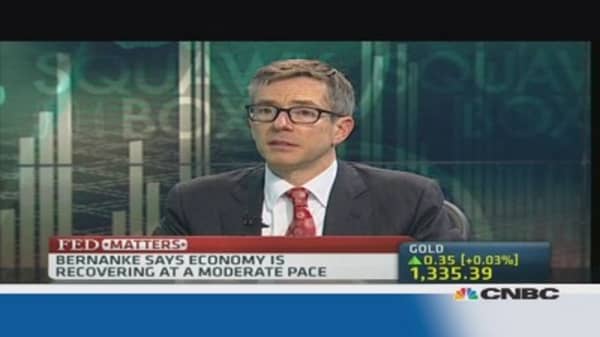Treasurys prices stayed low on Tuesday after the U.S. government sold new two-year notes in an uneventful auction, the first sale in $99 billion of supply this week.
Prices slipped in overnight trading in concert with weaker German government debt and were lower most of the day, though traders and analysts said trading volumes were light, with few major economic releases this week.
Demand for the two-year notes was average.
The next focus for the market will be the Treasury's sale of $35 billion in five-year notes on Wednesday. Five-year notes have been among the most volatile in recent months as they are very sensitive to Federal Reserve interest rate policy.
The recent back-up in yields, however, may help demand as Fed Chairman Ben Bernanke has stressed in recent speeches that the U.S. central bank will keep rates near zero for a long time to come, even if it starts paring back its bond purchases.
"It's a short enough maturity that for a good part of its life the Fed is likely to be near zero, til you get to the back end of it," said Michael Cloherty, head of U.S. rates strategy at RBC Capital Markets in New York. "That's less help to sevens."
The Treasury will sell an additional $29 billion in seven-year notes on Thursday, the final sale in this week's coupon-bearing supply.




